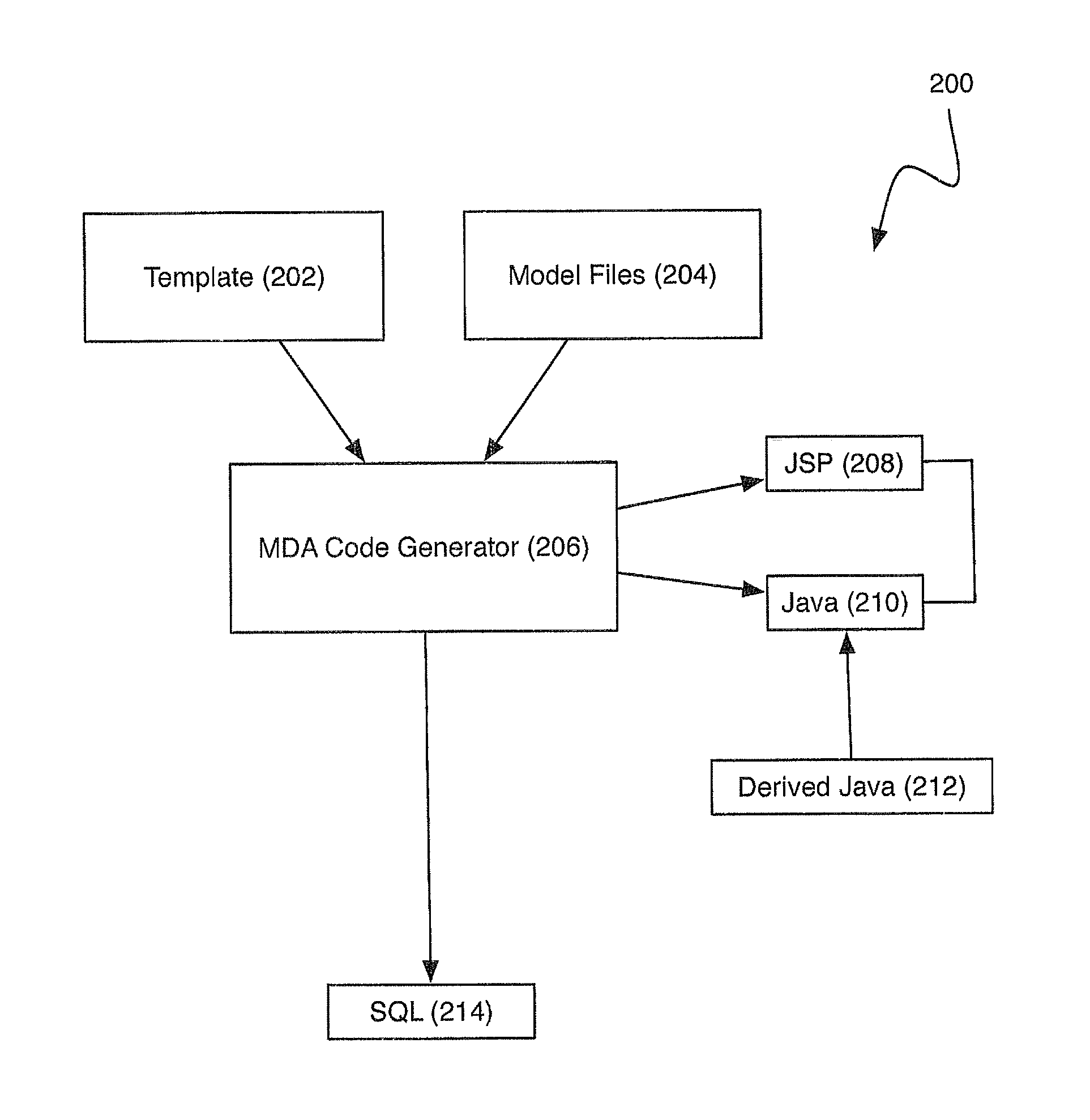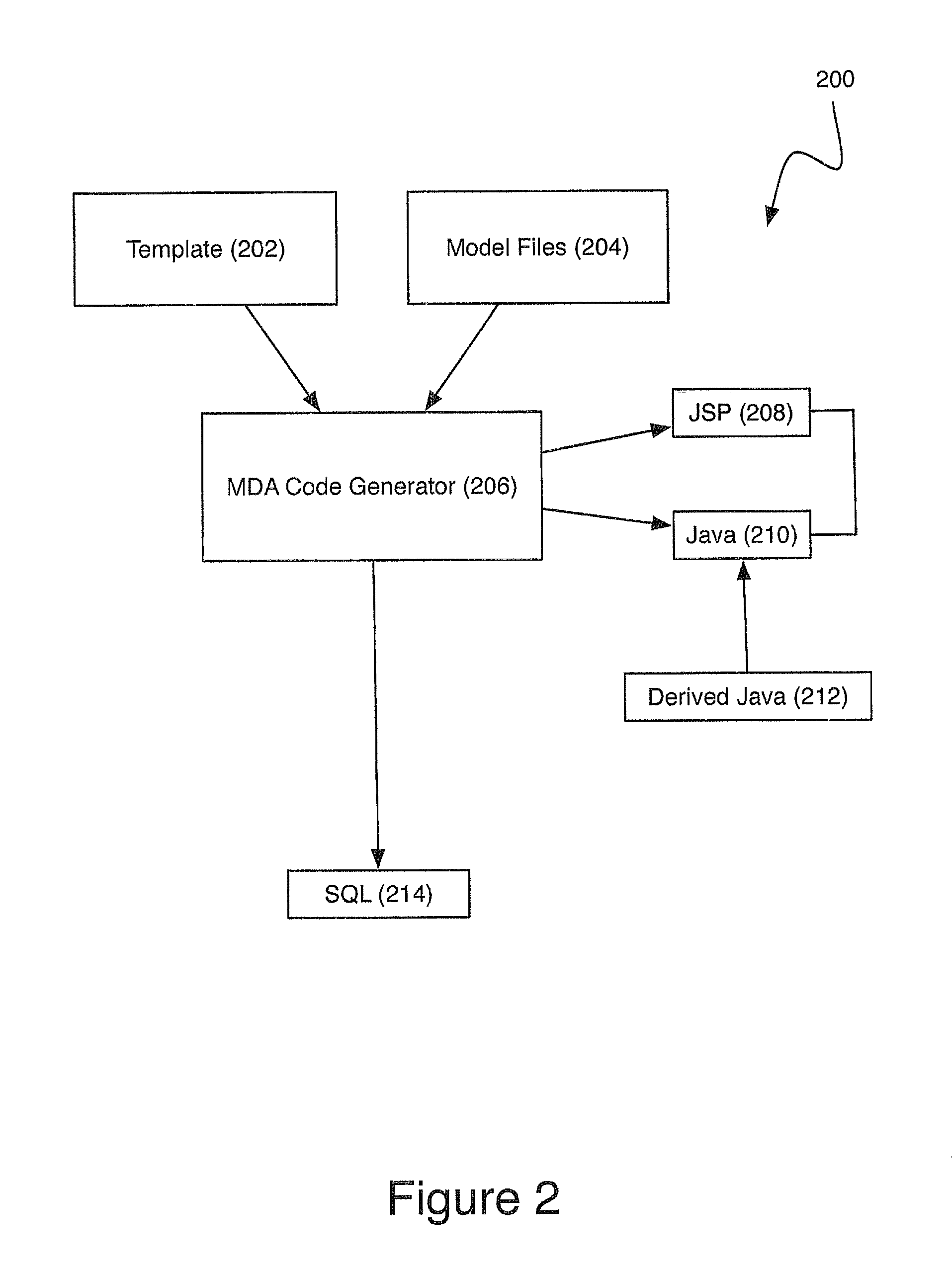Collaborative realtime planning using a model driven architecture and iterative planning tools
a model driven architecture and collaborative planning technology, applied in the field of computer networks, can solve problems such as inability to apply human knowledge of real business situations and human intelligence about decision-making at the planning stage, and significant limitations of system types,
- Summary
- Abstract
- Description
- Claims
- Application Information
AI Technical Summary
Benefits of technology
Problems solved by technology
Method used
Image
Examples
Embodiment Construction
[0024]FIGS. 1 through 13, discussed below, and the various embodiments used to describe the principles of the present disclosure in this patent document are by way of illustration only and should not be construed in any way to limit the scope of the disclosure. Systems and methods disclosed herein are related to a collaborative real-time planning (CRP) system using a model driven architecture (MDA) capable of providing real-time analysis in developing optimal resource allocation and management planning. The CRP system allows for a robust reusable code base to be used across various platforms and addresses various types of problems irrespective of specific types of data. The CRP system may employ generative programming techniques that simultaneously generate various tiers of code that may be used in any type of application. These tiers may include, but are not limited to, a persistent layer (database), an application logic layer, and a presentation layer (user interface). These and o...
PUM
 Login to View More
Login to View More Abstract
Description
Claims
Application Information
 Login to View More
Login to View More - R&D
- Intellectual Property
- Life Sciences
- Materials
- Tech Scout
- Unparalleled Data Quality
- Higher Quality Content
- 60% Fewer Hallucinations
Browse by: Latest US Patents, China's latest patents, Technical Efficacy Thesaurus, Application Domain, Technology Topic, Popular Technical Reports.
© 2025 PatSnap. All rights reserved.Legal|Privacy policy|Modern Slavery Act Transparency Statement|Sitemap|About US| Contact US: help@patsnap.com



